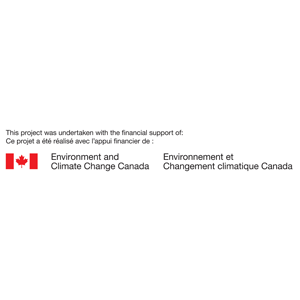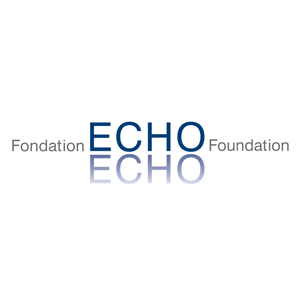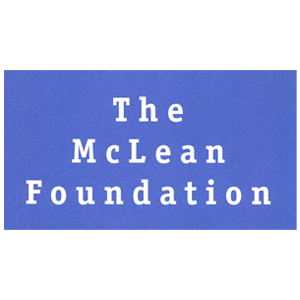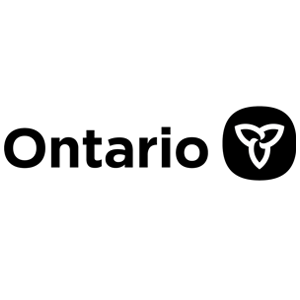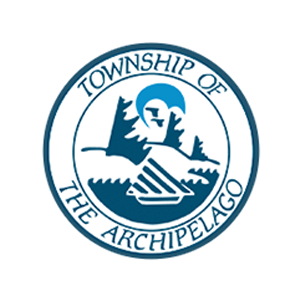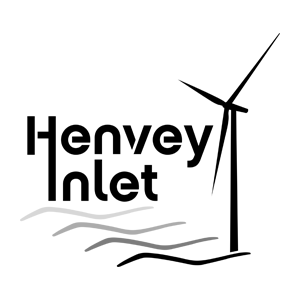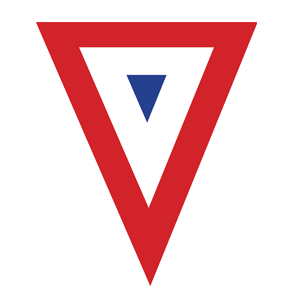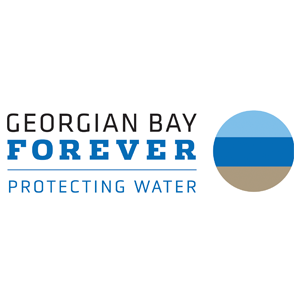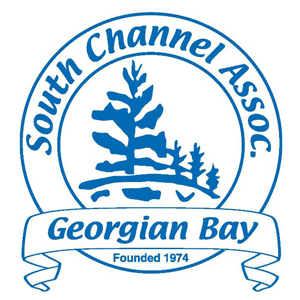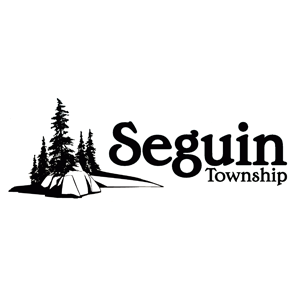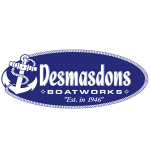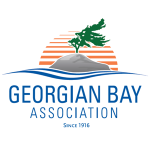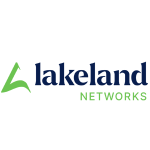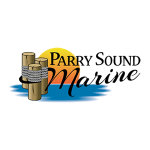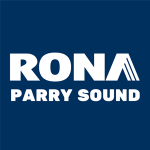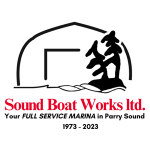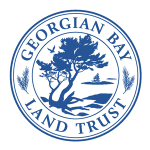Walleye runs in the tributaries to Eastern Georgian Bay were once famous. Over the years, there has been a dramatic decline in the Walleye population. This has been noticed by residents and confirmed by index netting carried out by the MNRF. Recent monitoring work has identified Walleye populations in the Shebeshekong, Musquash, Key, Magnetawan, Severn and Spanish Rivers and MacGregor Bay as severely stressed. Walleye populations in the Moon and Serpent Rivers have been identified as stressed.
In addition to its socio-economic importance to Eastern Georgian Bay, Walleye play a key role in the aquatic environment and are important to the inshore fish community. There are many factors contributing to the decline in Walleye populations related to human activities, and these include dam construction, shoreline modifications, habitat alterations and water level manipulation. Many human alterations in the tributaries flowing into Eastern Georgian Bay have affected the ability of Walleye to spawn at their historic sites.
EGBSC received funding from Environment Canada’s Habitat Stewardship Program’s Prevention Stream to develop a public outreach plan to create greater awareness of the state of the Walleye populations and promote the most feasible solutions. Two workshops were held, one for the southern region (Port Severn) and one for the northern region (Magnetawan First Nation) in February 2015. In total, 44 participants attended the workshops, representing environmental organizations, First Nation communities, agencies, angling groups, townships, associations and community members. The half day workshops consisted of presentations followed by discussions on:
- identification of the complexity of issues facing Walleye along Eastern Georgian Bay
- increased knowledge of local threats and issues (geographic variability)
- potential groups to focus outreach activities on
- identification and geographic location of potential Walleye spawning bed rehabilitation sites
The two workshops were very different, and from the first workshop, the main message from participants was that harvest should be reduced, allocation was an issue and that EGBSC should focus on promoting catch and release. From the second workshop, many participants advocated for stocking Walleye. It was noted that Shawanaga First Nation has been successfully stocking for years. Other participants spoke to the need for tourist education and site protection from commercial pressure which could be done through the creation of fish sanctuaries. Participants from both workshops felt that water management was an issue and that plans needed to be better coordinated and managed to ensure successful spawning.
Based on the workshops, EGBSC was able to propose a number of solutions in a booklet called Walleye Woes, including water level management and stocking where appropriate. From the feedback given and the data that was presented from the UGLMU, it became obvious that harvest reduction and promoting catch and release was one of the most effective and feasible actions that EGBSC could focus on. The booklet, while listing several solutions, has been focused on the issue of harvest. The booklet will be distributed along the coast, from Port Severn to the French River.
Presentations were given by Karl Schiefer (Environmental Consultant and EGBSC Director), Steve Scholten (Fisheries Biologist from MNRF Parry Sound District), Arunas Liskauskas (Upper Great Lakes Management Unit) and Eric McIntyre (EGBSC Secretary/Treasurer and former Coordinator). We thank our presenters for their information and providing a good base for discussion!
Click to read Walleye Woes.
